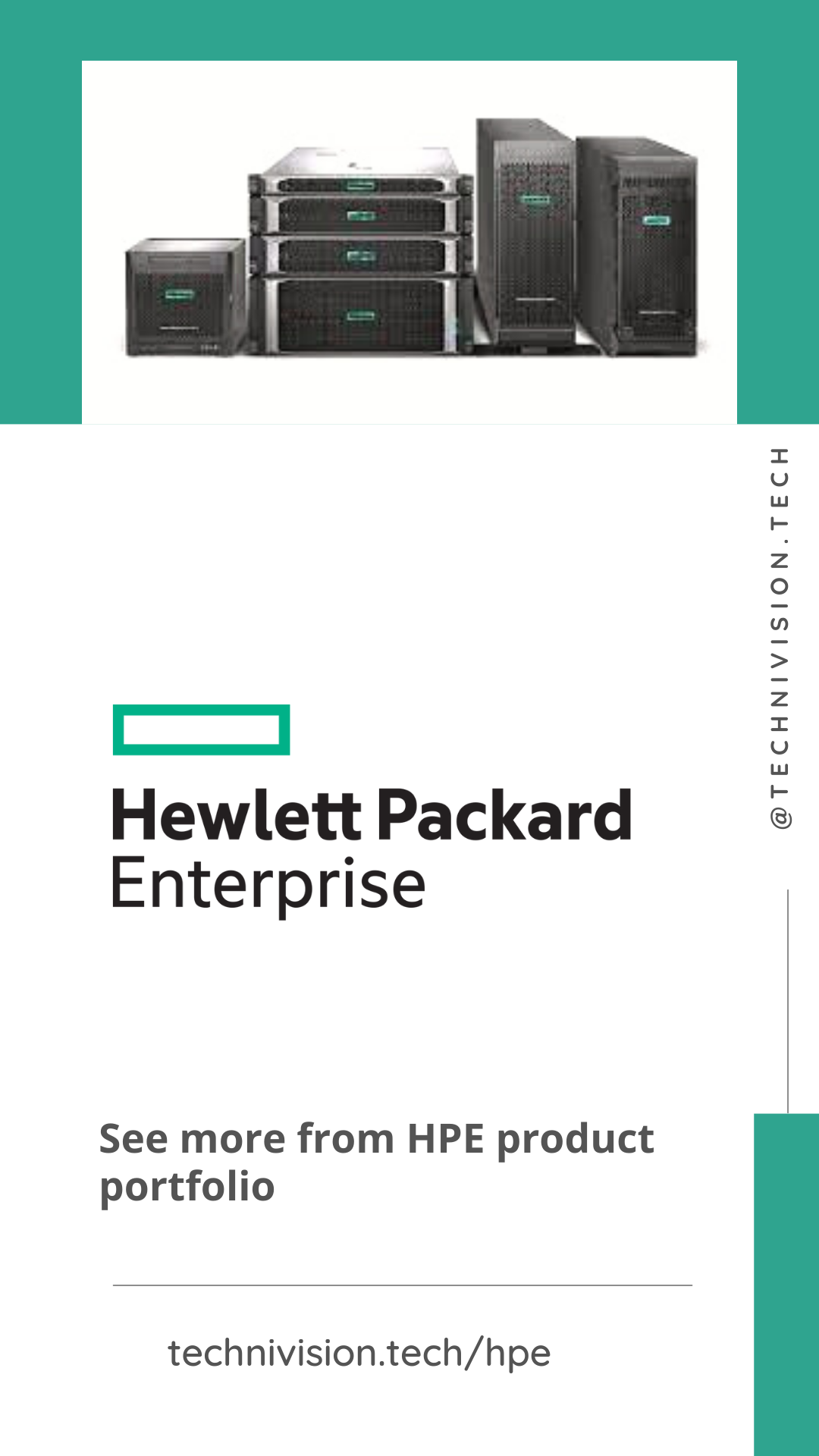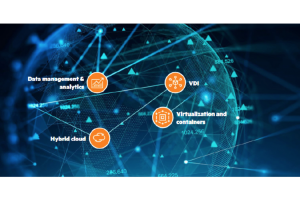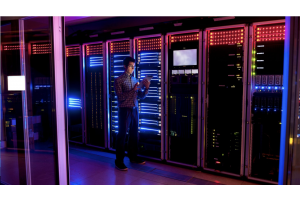- Home
- Blog
- Articles
- Internet of things
- Why 5G is a big deal
Why 5G is a big deal

Why 5G is a big deal
OK, 5G is going to be superfast with low latency. But how is that going to significantly change what we can already do with 4G? How is it going to redefine computing as claimed?
In part 1 of Technology Untangled's look at 5G, experts separated the hype from reality, concluding that while the cost of 5G may not justify single use cases today, what the investment does do is lay the foundation for the future.
Please listen: 5G: What it's good for—and what it won't fix
In part 2, they connect the dots, exploring specific use cases and what will happen when 5G testbeds and trials "go big."
"[5G] is one of those big next moves," says Chris Dando, chief technologist at Hewlett Packard Enterprise. "Bringing it all together is where we really see the fundamental changes."
Smart buoys and connected cows
Dorset Council in the U.K. started its 5G journey with the goal of increasing connectivity across the rural coastal region, a challenge many remote areas face, explain Colin Wood, 5G RuralDorset program manager, and Dave Happy, chair of the U.K.'s Telecoms Data Task Force. But now it's testing 5G across an ambitious range of projects, from smart buoys and digital signage to increase safety along the coastline to smart agriculture applications such as aquaculture, water monitoring via drones, and connected cows.
Please read: The latest on 5G: What you need to know
Dorset Council is approaching 5G as "a bundle of independent technologies with the potential to unlock new ways of living and working," Wood says. He adds that the work being done around 5G is also providing opportunities for local residents to upskill as technology becomes increasingly key to rural communities and economies. "The idea of being able to use one network for multiple purposes really struck a chord with us," he says.
A slice to go
That's really the bottom line when it comes to the benefit of 5G, says Matt Armstrong-Barnes, also a chief technologist at HPE, noting that "where it gets really interesting is the desegregation of services."
In other words, a single network can be "sliced" into smaller logical networks that share the same infrastructure but have "a precisely defined purpose, and all of the resources they need are configured and connected end to end," explains host Michael Bird.
And that means more processing at the edge.
Please read: How edge computing has become part of daily life
"5G on its own, who cares?" says Leslie Shannon, head of ecosystem and trend scouting at Nokia. "5G plus edge computing—that is actually where all the magic and where all the significant change happens."
For example, in the case of autonomous driving, a smart traffic light would recognize when two self-driving cars are within range and tell them to set their speeds accordingly, Armstrong-Barnes explains. But if something happened as those cars approach the light—say, one blows a tire—5G would enable the vehicles' local processing to take over to make critical decisions on how to proceed.
Tell me what you want, what you really, really want
Discovering ways to slice 5G networks is the focus of Puneet Sharma and his team at the Networking and Distributed Systems Lab at Hewlett Packard Labs. "The 5G experience is all about users being able to choose the experience they want, and the technology determines the best orchestration of resources end to end," he says. "So, [users] are not necessarily purchasing a network slice. What they're purchasing is that quality of experience."
The challenge, Sharma says, is in how network slices are created and how they transition across networks, because "if you're purchasing the experience, it doesn't matter whether you're on Wi-Fi or 5G."
Please read: How 5G and Wi-Fi 6 will work together
Still, businesses need to think about the problems they are trying to solve with 5G, says Dando. He recommends starting with small steps and building on those, keeping in mind the big picture and where the business wants to be in the future. That way, he says, "you can start building up a head of steam and actually start delivering on some benefits in the short term."
Listen to other episodes:
As-a-service: What it is and how it's changing the face of IT and business
Hyperconverged infrastructure: Speed, flexibility, performance in a box
- Learn with SUPPLITY (3)
-
Articles
(35)
- Cyber Security (3)
- Tech Infrastructure (1)
- Internet of things (2)
- Cloud Solutions (1)
- Bigdata (1)
- HPE Greenlake (1)
- Digital Transformation (1)
- News & Events (11)
- GLOSSARY (0)









